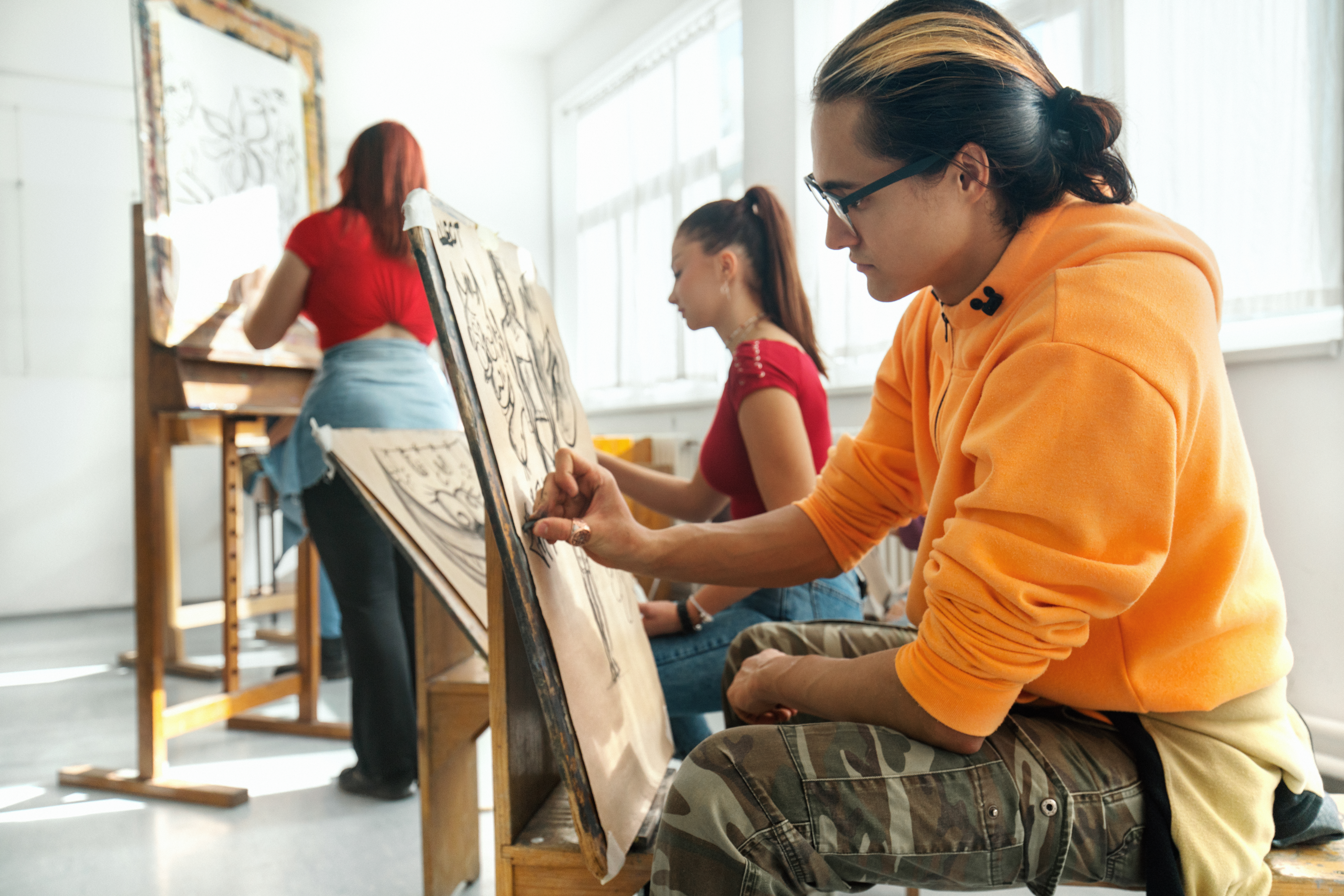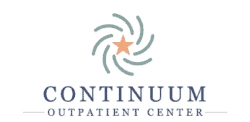Mental Health Benefits of Art Therapy
What is art therapy? What are the mental health benefits of art therapy activities? Read on to learn more about art therapy at Ripple Ranch.
Written and medically reviewed by the clinical team at Ripple Ranch Recovery Center, including licensed therapists, addiction specialists, and medical professionals.
What Is Art Therapy?
Art therapy is one of many different types of psychotherapies. As a type of psychotherapy, it is a talk-based treatment that utilizes self-expression through creativity. This typically includes drawing, coloring, or other basic art techniques.
Humans have been able to utilize the mental health benefits of art therapy for thousands of years. Some of humanity’s earliest ancestors are known to have expressed their emotions and routines through art, be it cave paintings or pottery. However, art therapy as psychotherapy is a rather new subject.

Table of Contents
Learn More About Ripple Ranch Recovery Center
Our team is standing by to discuss your situation and options. Your call is fully confidential, and no obligation is required
History of Art Psychotherapy
The history of art psychotherapy can be traced back to the 20th century. The name “art therapy” itself comes from Adrian Hill, an artist, who coined the term in 1942. However, it was Edward Adamson who connected the visible effects of art in those with mental health disorders with science. Then, over twenty years later, in 1964, The British Association of Art Therapists was founded.
When Is Art Therapy Used?
Art therapy has been useful when dealing with various situations, disorders, and conditions. It can be used for patients ranging from children to seniors and can be beneficial for physical and mental disorders.1
As a type of psychotherapy, art therapy is rooted in conversation. As a result, creating art during a session can help identify and regulate emotions and reduce stress and anxiety. This helps boost the overall efficacy of psychotherapy when needed.2
Techniques Used In Art Therapy
Art therapy is designed to be an inclusive therapy experience. As a result, you won’t need to have any proper art skills or experience. During your session, you’ll be able to take advantage of what art tools you’re most familiar with. However, some programs offer more than basic art techniques, such as clay work. Some of the techniques that may be used in art psychotherapy include:
- Coloring
- Doodling and scribbling
- Drawing
- Painting
- Photography
- Sculpting
- Working with clay
What Art Therapy Can Help With
No matter the age, dealing with emotions can be difficult. Sometimes it can be hard to think of the words to describe how you’re feeling. It can also be challenging to express those feelings, even when you can identify them. Art therapy is a beneficial treatment that can work either alone or in complement to another type of psychotherapy. Studies show it is a successful treatment option for several mental and physical disorders.3
This can include:
- Aging-related issues
- Eating disorders
- Emotional difficulties
- Anxiety
- Post-traumatic stress disorder (PTSD)
- Cancer
- Depression
- Substance use disorder
Method of Art Therapy
Art therapy provides a method of explaining what can otherwise be difficult to put into words. Through art, patients can express their feelings and thoughts. It is possible to realize otherwise unknown thoughts in the subconscious by looking at doodles, drawings, and other art pieces. This helps the patient and their healthcare provider advance their care.
This can also be a way to manage and reduce stress or anxiety in daily life and therapy sessions. Although therapy can benefit many people, it is still a new experience and can lead to anxiety. Art therapy provides a familiar and comforting method of undergoing essential treatment, helping to boost accessibility while catering to the needs of many.4
Mental Health Benefits of Art Therapy Activities
Overall, art therapy has been shown to positively impact mental health. However, while it may seem like a typical form of psychotherapy, art therapy is a multifaceted approach to mental health. This means that it impacts a variety of areas, which is why it is considered so effective for mental and physical conditions.
While there are several positive components of art therapy to explore, here are the four main mental health benefits of art therapy activities:
- Self-discovery
- Self-esteem
- Emotional release
- Stress relief
Beneficial Parts of Psychotherapy
Different activities may affect different individuals in different ways. One of the most beneficial parts of any type of psychotherapy is its ability to be customized and tailored to meet individual needs. If you find that your art therapy format isn’t as effective as you wish, a different median may be beneficial. An example of this would be switching from paper-based arts, such as drawing, coloring, or doodling, to hands-on art, like sculpting.

Art Therapy vs. Expressive Arts Therapy
Although they are similar in their benefits and structure, art therapy and expressive arts therapy are different. Art therapy focuses on tangible art, such as drawings and sculptures. However, expressive arts therapy combines several different types of art. This includes sound, storytelling, and even movement.
As a result, expressive arts therapy is often thought of as a combination of art therapy and music therapy, along with additional formats of creative arts being included.
Limitations and Concerns of Art Therapy
Although art therapy can be an extremely beneficial addition to traditional psychotherapy, it is not without its limitations and concerns. One of the main concerns surrounding art therapy is over unprocessed emotions.
While expressing creativity during a therapy session can alleviate stress, it can also cause it. This is because the nature of art therapy is designed to unlock subconscious thoughts and feelings. For some individuals, these feelings can be difficult to process and, as a result, lead to emotional distress.
Art Therapy at Ripple Ranch Recovery
Navigating mental health can be challenging, especially alone. However, at Ripple Ranch Recovery, you or your loved one can work alongside healthcare professionals specializing in mental healthcare to find the right treatment option for you.
At Ripple Ranch Recovery, you’ll find evidence-based holistic treatments that take advantage of our over 20-acre campus, including access to art therapy. Our small patient-to-therapist ratios allow us to provide individualized care while still focusing on providing a peaceful place for healing, reflection, and growth. No matter where you are in your mental healthcare journey, our compassionate staff here at Ripple Ranch Recovery is prepared to meet you where you are.





